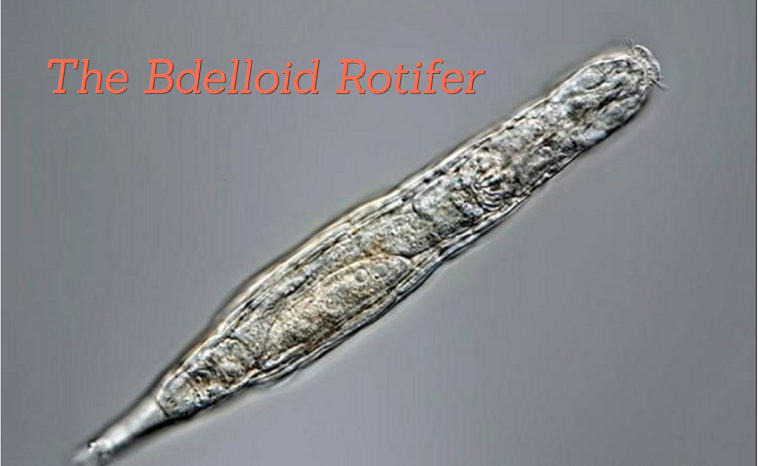Thawing multicellular life after 24,000 years

The news that Russian scientists in the Siberian region of Yakutia drilled ice on the Alazeya River and found a small organism about 24,000 years old, which came to life, seems like Sci-Fi. We have checked and laid out the facts for you in today’s blog.
Preservation in permafrost
Organisms such as bacteria can survive for several thousand or even millions of years frozen. Scientists have managed to grow plants from seeds that were 30,000 years old.
The permafrost in which these ancient inhabitants of our planet are usually located represents the area that has been frozen and can preserve images of life or death for thousands of years. It was in Siberia in 2020 that the body of a 46,000-year-old bird was found. Also found in Siberia was a bear carcass dating back to 39,000 years ago, which still had a bit of fur on it. This preservation in ice is really fascinating, but some simpler animal organisms and plants go a step further and are able to do an even more incredible thing – they come back to life.
The Bdelloid Rotifer
This is by far the most complex organism that has come to life after thawing. The Bdelloid rotifer is something that could most closely be translated as “animals with wheels” because of the coil of tiny hairs resembling a wheel circling around their mouths.
The Rotifer is a multicellular microscopic animal that lives in freshwater and has existed for about 50 million years. Unlike bacteria, these organisms have a nervous system, brain, and other organs. They range in size from a quarter to a half millimeter, and feed on bacteria and algae that they take through their mouths, and then the food passes through a one-way digestive tract.

These 50 million years of evolution seem to have been enough for them to develop some amazing survival abilities. Research has shown that today’s offspring of this species can be frozen at -20 C and then come to life in ten years. But that is nothing compared to the thawing of their ancestors who were in the Siberian permafrost of the Pleistocene era (from 2.6 million years ago to about 11,700 years ago). After thawing, they successfully began to feed, reproducing through parthenogenesis (asexual reproduction) and creating their own clones, ie genetic duplicates. The condition in which these rotifers have been for 24 millennia is called cryptobiosis.
The Russian Experiment
For this study, scientists drilled at a depth of 3.5 meters below the river surface. Radiocarbon dating showed the age of the soil to be between 23,960 and 24,485 years, and when they thawed it, they discovered rotifers from the Adineta family, in a cryptobiotic state. In such research, the soil is first isolated and analyzed to make sure it is not contaminated with modern microorganisms.
When the surviving individuals thawed and began to clone, scientists could not know which of them were old and which were just born, since their genetic duplicates are completely identical. Since this species only lives for about two weeks, scientists are sure that they collected data from their clones and not from the individuals who survived the ice age. But the result is certainly identical.

That the area of Yakutia is perfect for such discoveries is also shown by the research of Russian scientists from 2018. At that time, ancient nematodes, i.e., roundworms, 42,000 years old, were discovered quite by accident.
Russian scientist Anastasia Shatilovich, as the leader of the group, searched for single-celled organisms in the Siberian permafrost. Their survival in cryptobiosis for thousands or even millions of years is nothing new or strange. In 2000, a bacterium was found inside the salt crystal, which was successfully brought back to life by American scientists, and its age is estimated at 250 million years. However, the revival of multicellular organisms until this case in Yakutia three years ago was unthinkable. To remove doubts about the validity of these findings, two samples were taken by independent researchers, from different places and one of them was performed by drilling with a high degree of sterilization. In both cases, females, aged 32 and 42 thousand, were found.
After this discovery, scientists from Dresden, from the Max Planck Institute for Molecular Cell Biology and Genetics, got in touch with their Russian colleagues and a DNA sample of both worms was sent to them. The Germans spent two years deciphering the genome, and the results and findings should be published soon.
Such knowledge opens the door to the possibility of life on other worlds, and even in this solar system. Would such a tenacious life form be created by special evolution, or would it be sown from an already inhabited planet such as Earth or perhaps Mars? Could something similar be found under the ice of Jupiter’s or Saturn’s satellites?

